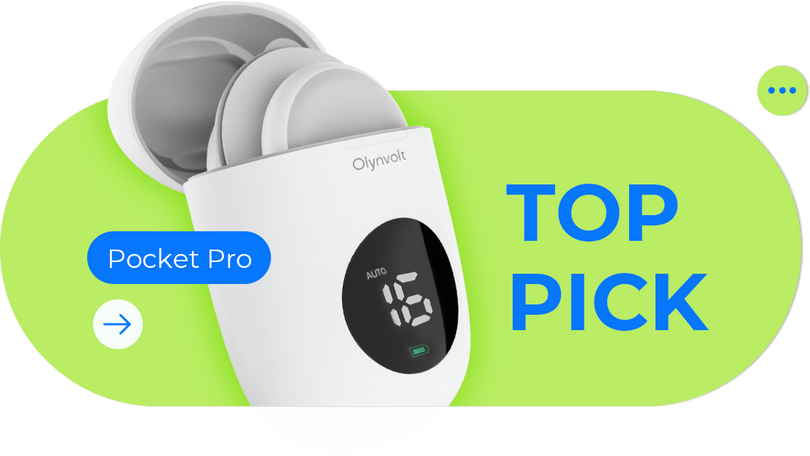The shoulder is a large and complex structure made up of several joints. Because of its flexibility and range of motion, the shoulder can be easily injured. Adhesive capsulitis, commonly known as “frozen shoulder,” is a condition that causes stiffness, pain, and limited mobility. Keep reading to find out how frozen shoulder is diagnosed and what you can do to treat it.

Short and easy: everything you wanted to know about “frozen shoulder” pain
The shoulder a highly complex structure. It is the place where the muscles of the back and arm meet together with an abundance of tendons, muscles, and ligaments, as well as three important bones – the scapula, the clavicle, and the arm bone.
Because of its complexity, it is not surprising that this joint is susceptible to various kinds of injuries. The name “frozen shoulder” is a common inflammatory syndrome that is accompanied by considerable pain and discomfort. However, this condition usually goes away on its own after some time.
What causes frozen shoulder?
Frozen shoulder syndrome appears unexpectedly, and its causes are unknown. What is known is that you have a higher risk of having a syndrome if your medical history includes thyroid problems, diabetes, heart problems, and previous shoulder injuries.
What does frozen shoulder feel like?
The sensation can range from mild discomfort to very severe pain, both during movement and during rest.
In most cases, frozen shoulder syndrome has three distinct stages:
- Freezing or painful stage: non-focused pain, especially during movement or activity. The pain may slowly get worse or increase at night. This stage can last from 6 to 9 months.
- Frozen stage: while pain may start to improve, stiffness gets worse, and the shoulder may become extremely hard to move. This stage can last anywhere between 4 to 12 months.
- Thawing stage: your range of motion slowly goes back to normal. Pain may improve significantly but come back from time to time. This stage usually takes up to 2 years.
How common is frozen shoulder pain?
About 4-3 percent of people will suffer from frozen shoulder syndrome during their lifetime. Among the diabetic population, the number is about 25 percent higher.
How is frozen shoulder syndrome diagnosed?
A frozen shoulder diagnosis is not always straightforward, as it shares many of its symptoms with other shoulder conditions. Currently, there are no imaging tests that can indicate the presence of the syndrome, so the diagnosis is based on a physical examination of the patient and their medical history.
How long goes frozen shoulder lasts?
In many cases, frozen shoulder syndrome will go away on its own. In rare cases, the pain may last several years.
How is frozen shoulder treated? Can advanced technology help?
While the food news about frozen shoulder is that it usually goes away on its own, its long and painful stages can seriously impact your quality of life. The traditional way of alleviating frozen shoulder pain is with physical therapy, which will help you slowly gain your mobility back. Pain killers, including non-steroidal anti-inflammatory drugs, can also help. Depending on the severity of the pain, steroid injections may be needed.
Advanced pain relief technologie are an excellent alternative for relieving your shoulder pain from the comfort of your own home, and "Olynvolt™ Pocket" is at the top of the list when it comes to at-home pain management.







